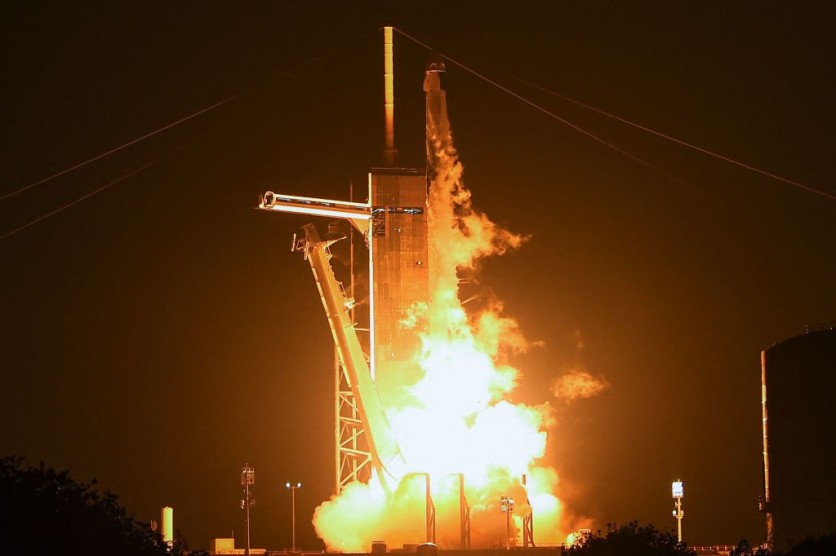With its Transporter-1 ride-share mission, which carried a record payload of 143 satellites, SpaceX accomplished a key milestone.
Commencing at Cape Canaveral, the Falcon 9 rocket launched into space, launching the most satellites into orbit in a single flight.

Ride-Sharing Efficiency
SpaceX's dedication to low Earth orbit (LEO) through the deployment of reasonably priced satellites is demonstrated by the Transporter-1 mission.
By allowing numerous satellites to launch at once, it lowers launch costs and increases space access for smaller organizations.
Among its 143 satellites, SpaceX's Starlink broadband satellites are essential to its expansive aim for worldwide internet access. These cutting-edge satellites make use of ride-sharing to boost productivity and quicken the development of a satellite constellation that can deliver an internet connection to faraway locations.
Challenging Aspects and Fine-Tuning
Two DARPA satellites were accidentally damaged during SpaceX's Transporter-1 mission, and Starlink satellites were added at the last minute, adding to the mission's difficulties.
Despite these challenges, SpaceX managed the cargo redistribution and made sure the flight was successful.
The fifth flight and landing of the Falcon 9 rocket were successful, proving its exceptional reusability and lowering launch costs.
This accomplishment shows SpaceX's dedication to environmentally friendly space exploration and commercialization and paves the path for more frequent and less expensive missions.
What This Means for the Future
Satellite deployment limits were exceeded by SpaceX's Transporter-1 mission, opening up a number of opportunities. Small spacecraft were supplied by NanoRacks, DLR, and Defense, encouraging cooperation and innovation in communication, Earth observation, and scientific study.
With reusable rocket technology permitting increased cargo capacity and launch frequency, the Transporter-1 mission serves as the basis for SpaceX's future initiatives.
Visions of a globally linked society with reasonably priced space-based services are closer to reality as SpaceX improves its ride-sharing program and grows its Starlink network.
The Transporter-1 mission from SpaceX, which accelerated satellite deployment and redefined possibilities, has transformed space exploration. Greater accessibility, teamwork, and scientific breakthroughs for a future outside of Earth's atmosphere are made possible by this novel method.
Related Article : Elon Musk's SpaceX Falcon 9 Shows Harmful Effects on the Environment

ⓒ 2026 TECHTIMES.com All rights reserved. Do not reproduce without permission.




